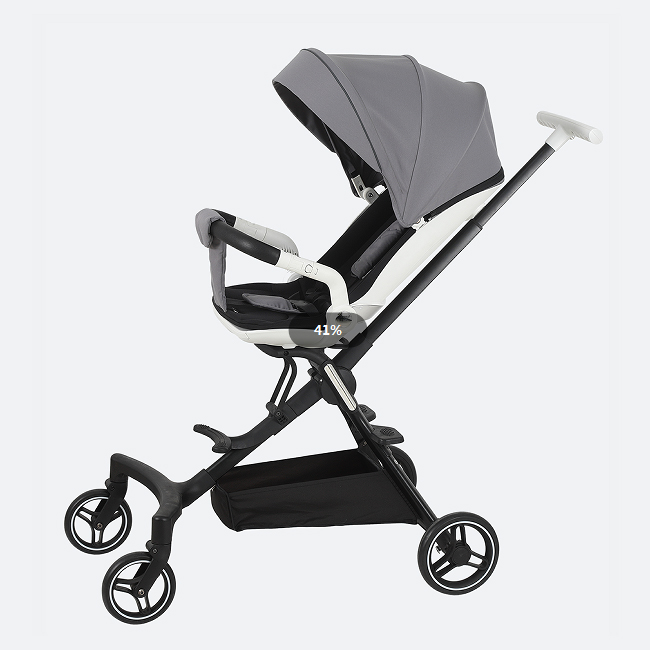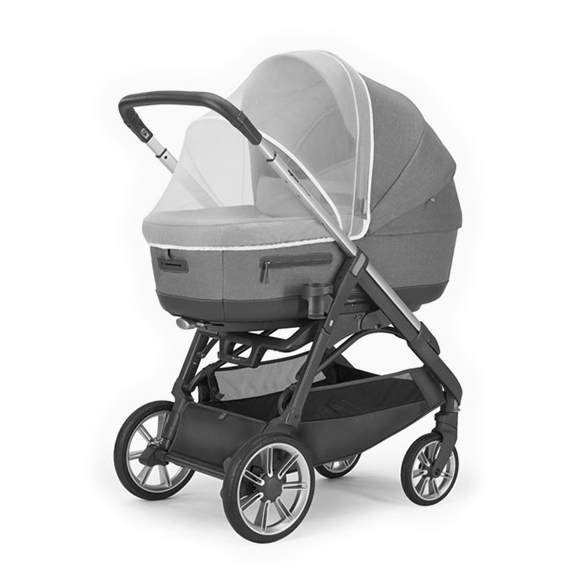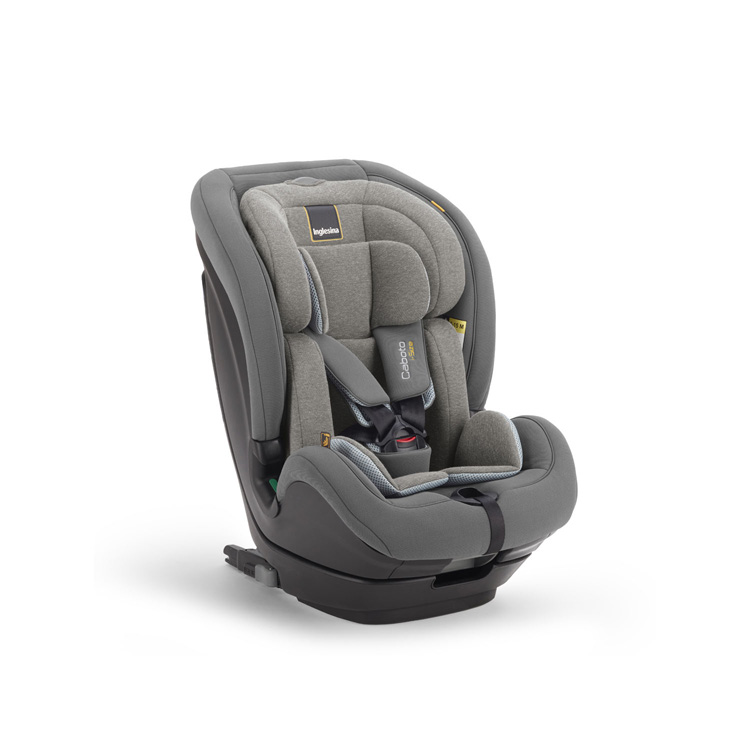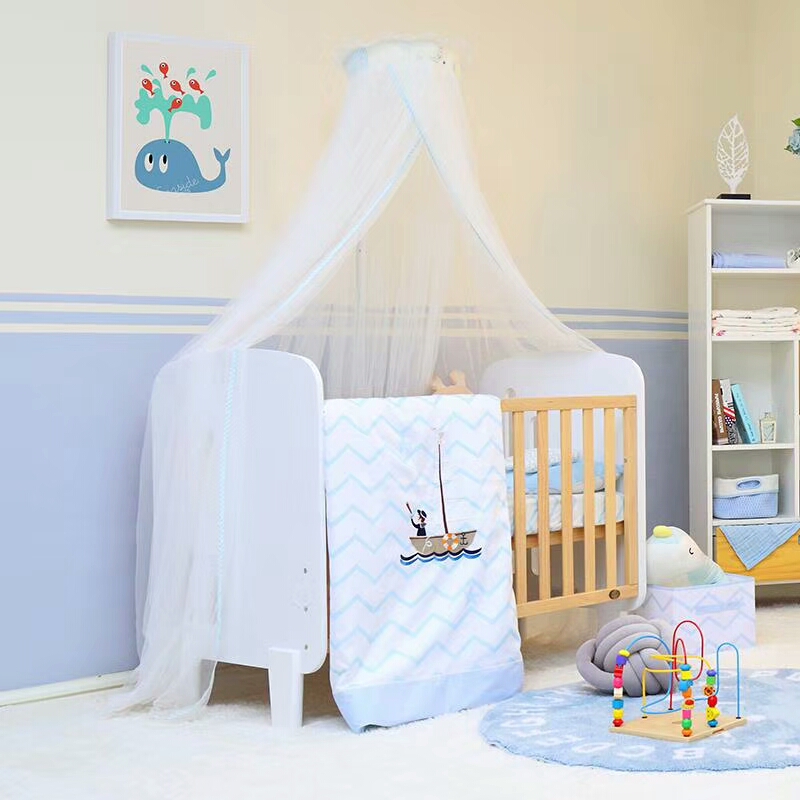Baby Stroller Brake and Shock Absorber Spring Aging? A Step-by-Step Guide to Check Accurately!
For all parents, a baby stroller is like a "mobile safety cabin" when taking your baby out. But did you know? Once the brake system and shock absorber springs, these "invisible guardians", age, they may become potential safety hazards. Today, we'll teach you step by step how to check these two key components to give your baby full security!
Brake System: The "Assurance" for Stopping
The brake is the "lifeline" of a baby stroller, especially in scenarios such as slopes and sidewalks. Even a little aging can lead to accidents.
Three-Step Visual Inspection Method and Specific Manifestations of Aging
Check the appearance: Bend down to observe the baby stroller brake pedal and brake pads. Signs of aging include: the anti-slip lines on the surface of the brake pedal are worn flat, making it easy to slip when stepped on; the edges of the brake pads have irregular gaps, and the curvature fitting the wheel becomes shallow; rust on metal connectors spreads to movable joints, or even forms white powdery rust. If there is extensive rusting, deformation of metal parts, or the brake pads are worn down to expose the underlying metal, it indicates that they have entered the aging danger period.
Test sensitivity: Push the baby stroller on a flat surface to a constant speed and step on the brake firmly. A qualified state is that the wheels lock instantly and the baby stroller body does not slide; if there is a "dragging brake" (sliding more than 10 centimeters) or one-sided brake failure, it must be stopped immediately.
Inspect locking: After stepping the brake all the way down, try shaking the baby stroller back and forth. Under normal circumstances, it should not move at all. If there is slight looseness or a "clicking" sound, it may be due to wear of the locking mechanism, which needs to be focused on checking.
Shock Absorber Springs: The "Cushion" on Bumpy Roads
A baby's spine and brain development are fragile. Aging of shock absorber springs will make bumps directly transmitted to the baby, which may affect health in the long run.
Three Ways to Judge Quality
Check the shape: Lift the seat fabric and check if the springs are obviously deformed (such as side bending, collapse) and if the rust on the surface has formed potholes. Note! Even if only one spring is broken, the entire set of shock absorption systems needs to be replaced.
Test elasticity: Press the baby stroller armrest to the lowest position with both hands and observe the rebound after releasing. A good state is that the rebound is smooth without jamming, and it can support the stroller body to reset quickly; if the rebound is weak, jamming, or slow reset, it indicates that the spring elasticity has decreased.
Listen for abnormal sounds: When pushing on the cobblestone road in the community, carefully listen to whether there are "creaking" friction sounds or "bang bang" metal collision sounds from the shock absorption part. These are signs of spring aging or loosening of connecting parts.
Daily Maintenance Tips
Wipe the brake pedal and springs with a dry cloth after each use to avoid residual sweat and water stains.
Drop 1-2 drops of special lubricating oil (do not use edible oil) on the brake shaft and spring connections every month.
Avoid leaving the baby stroller exposed to direct sunlight or rain for a long time. High temperature and humidity are the "culprits" that accelerate aging.
Your baby's safety is of utmost importance. It is recommended to spend 3 minutes doing a check every week. If component aging is found, do not repair it yourself. Contact the brand's after-sales service to replace with original accessories. After all, a safe baby stroller is the best "carriage" for your baby to explore the world!






